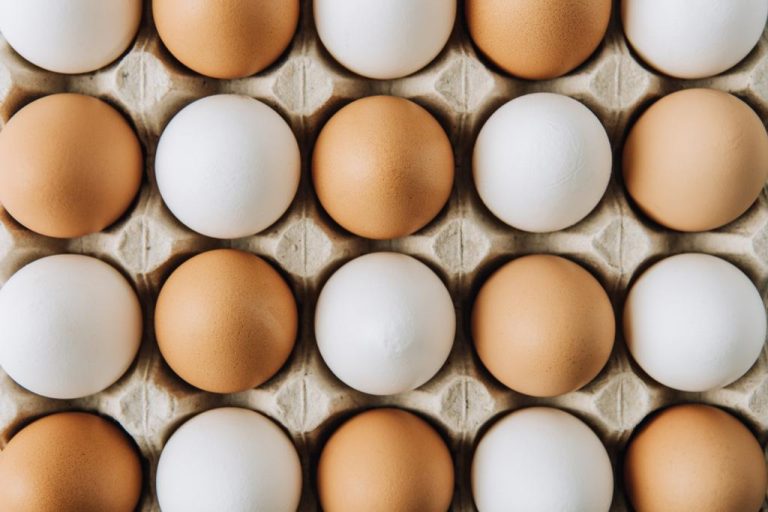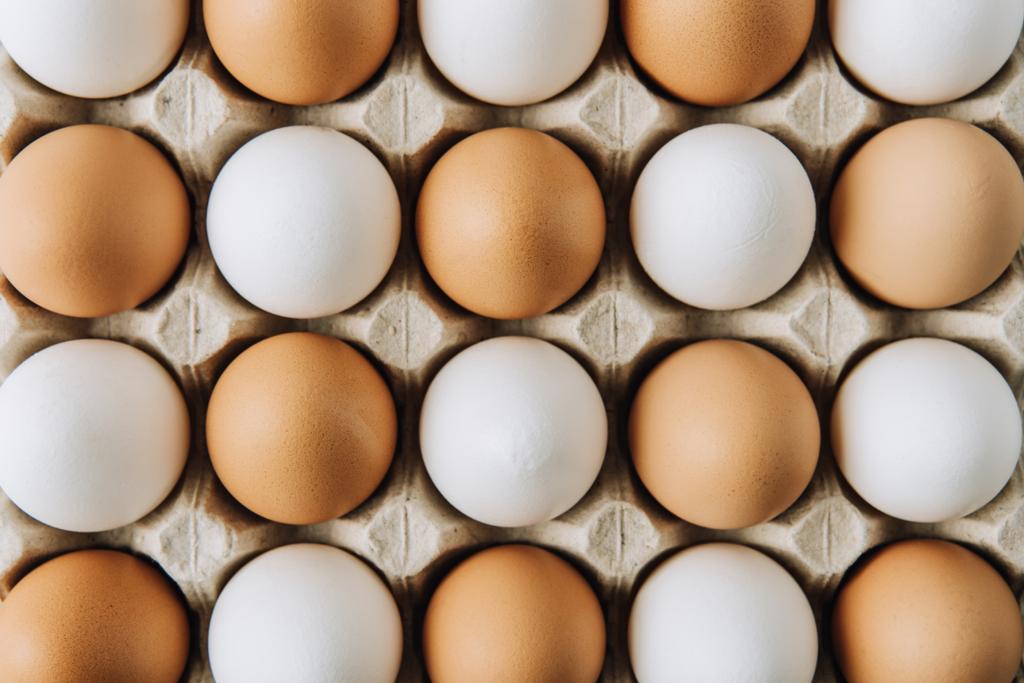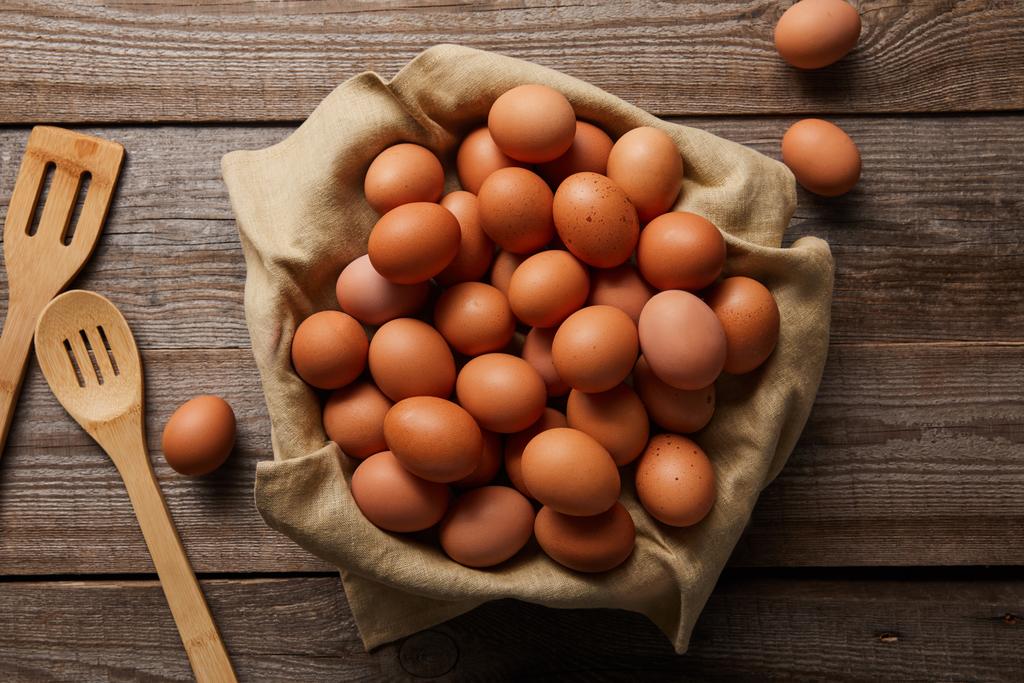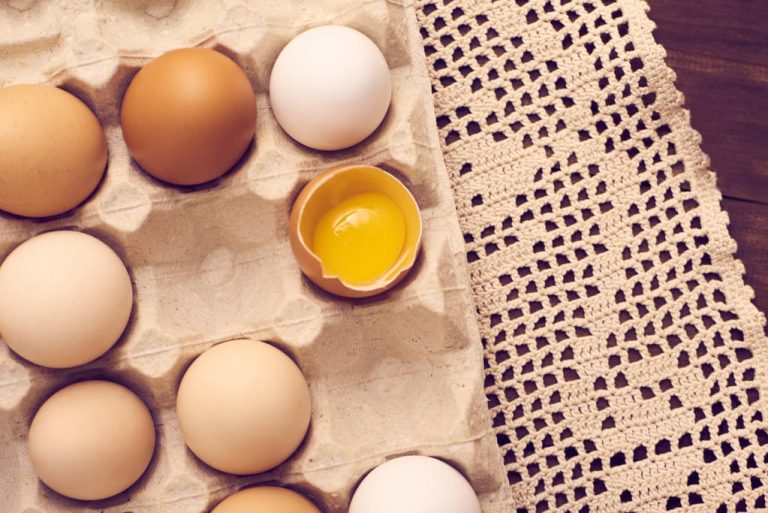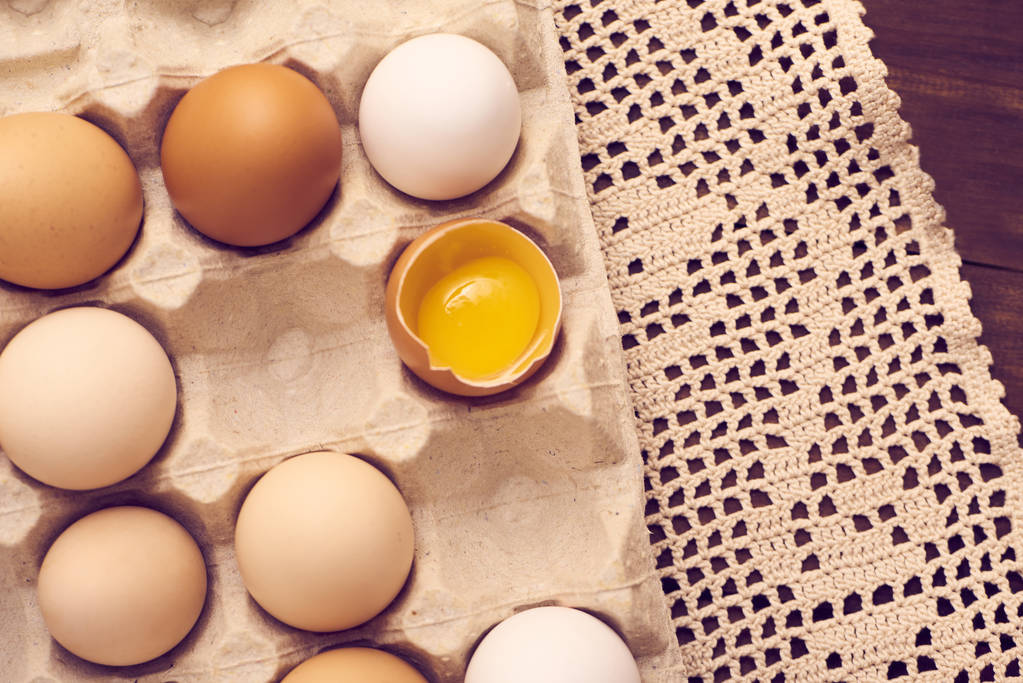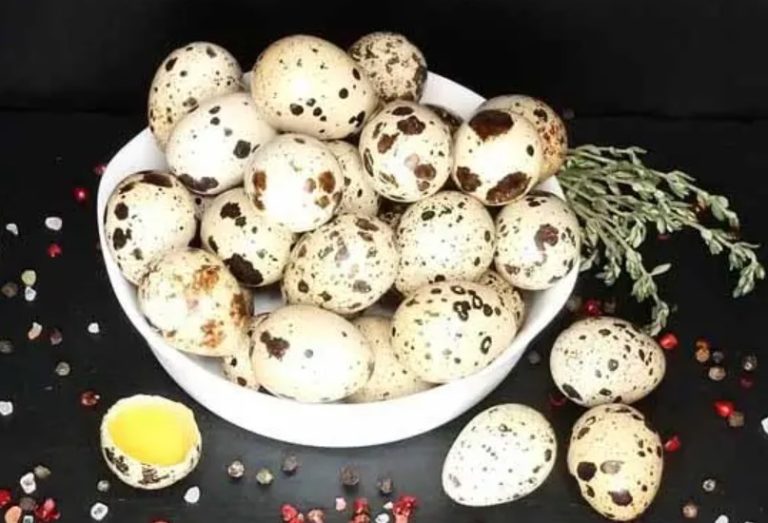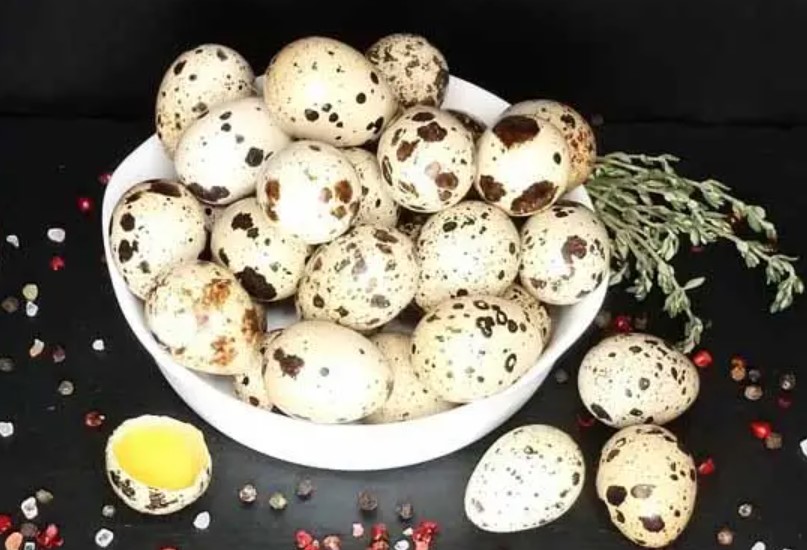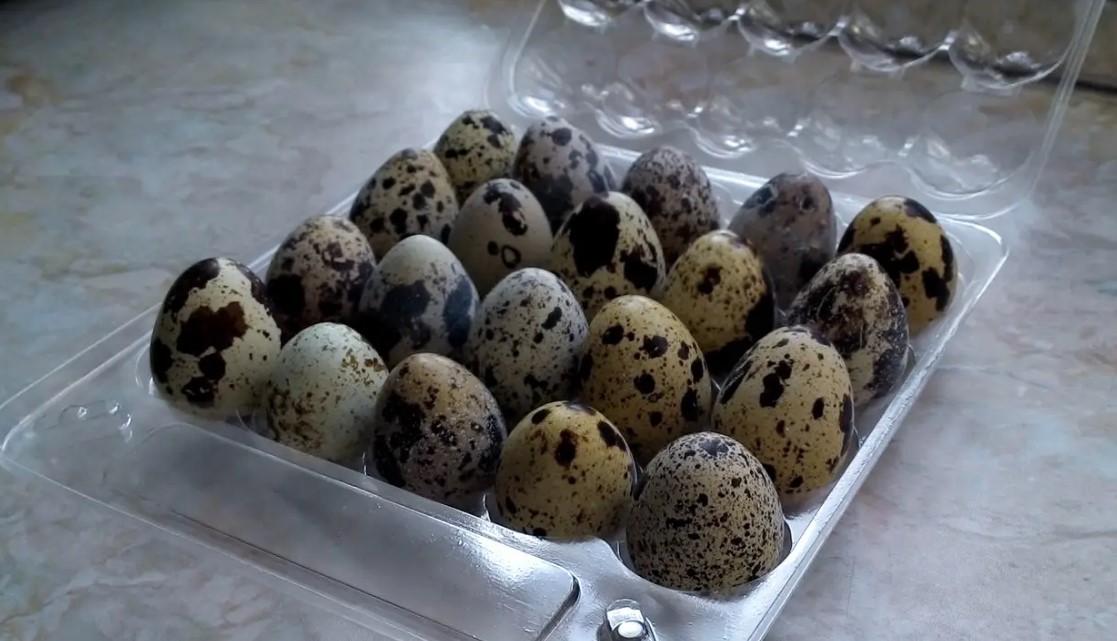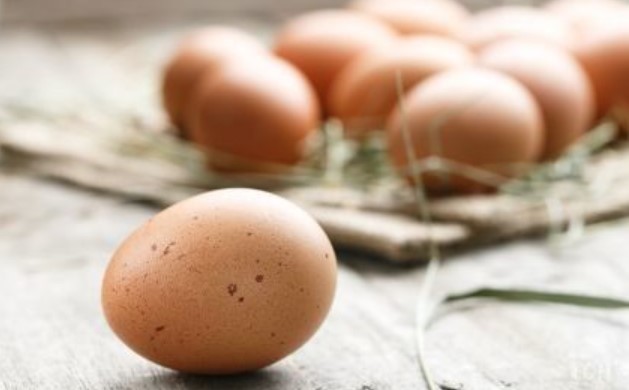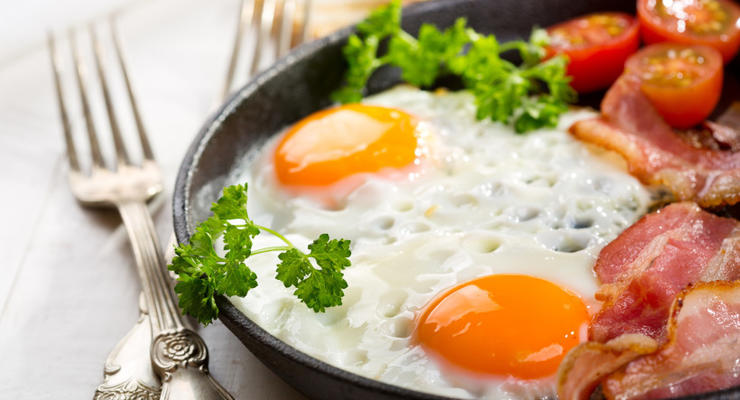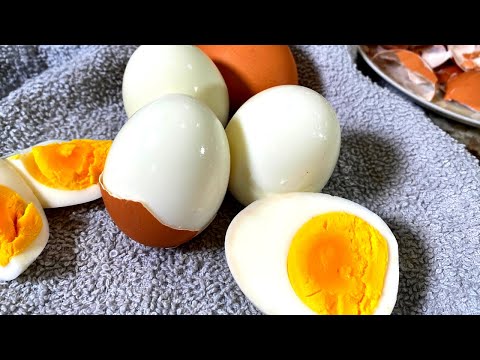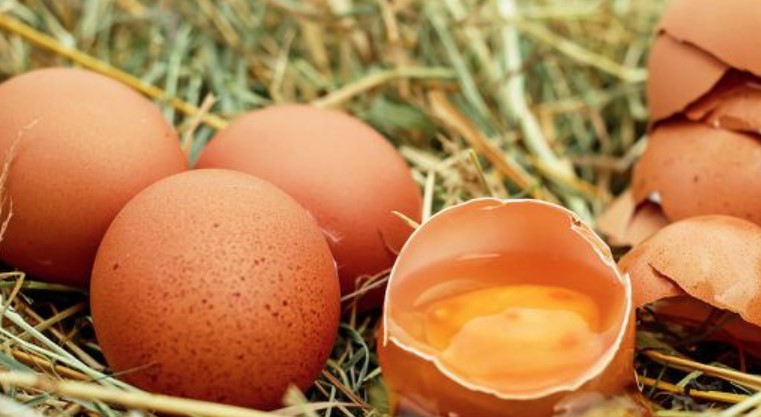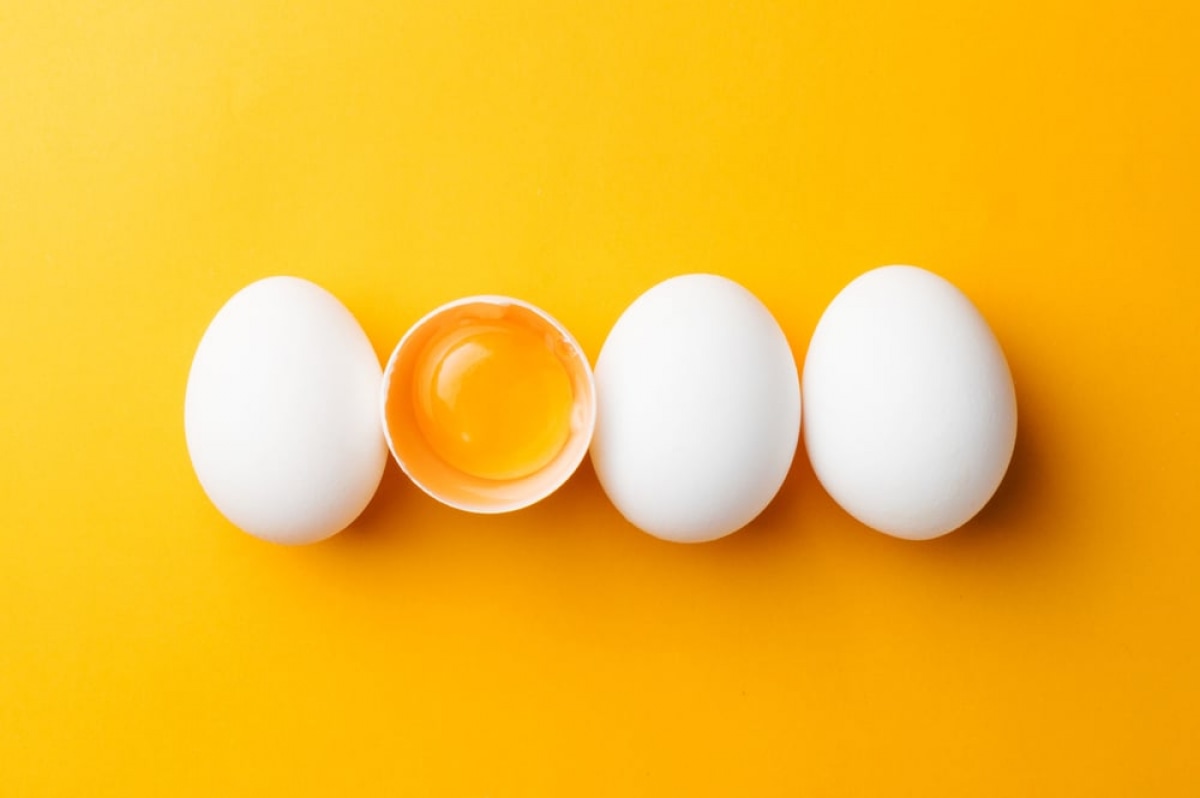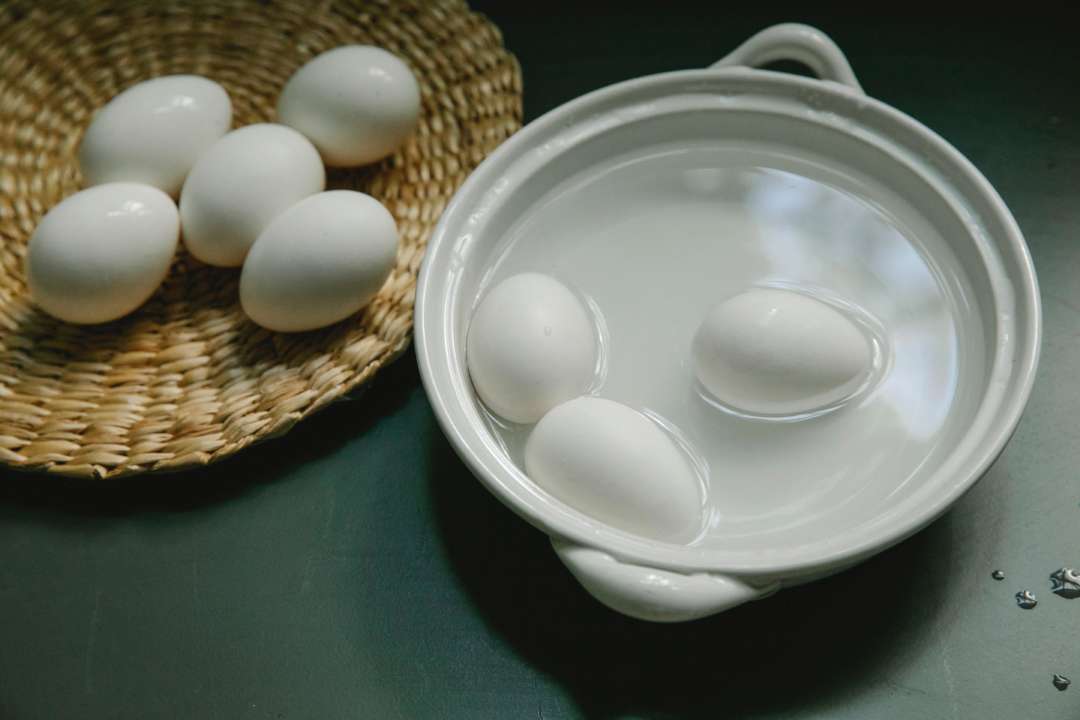Lots of tips and tricks for cooking eggs properly with instructions for cooking perfect eggs. All household tips for Boiling eggs with tricks for hard and soft eggs. With fresh eggs test.
Household tips for boiling eggs
So you have perfect breakfast eggs and know the tricks for optimal cooking times for an ideal boiled egg. Also, note the tips for storing eggs and preserving eggs.
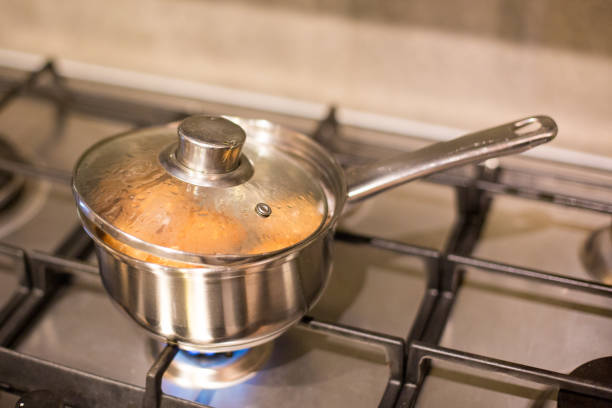
- Marking with a pen helps to distinguish between boiled eggs and fresh eggs in the refrigerator. All boiled eggs get a black dot on the egg.
- Quenching the eggs in cold water immediately after cooking will prevent the yolk from turning green.
- Use up and boil older eggs first. The older the eggs, the more important it is to quench them in cold water.
- Don’t boil eggs for too long and don’t boil over 90°C, otherwise, the iron in the yolk and sulfur in the egg white will start to dissolve, and then this greenish edge will appear on the hard yolk.
- You can also reuse the eggshells very well as organic fertilizer for the flowers and plants in the household.
Instructions for cooking eggs
For the perfectly boiled breakfast egg, we have collected the most important points in instructions for boiling eggs: Ideally, use room temperature eggs for cooking. If you get the eggs fresh from the fridge you have to add that to the cooking time. The boiling water in the pot should be high enough to completely cover each egg. Alternatively, you can also cook the eggs in steam, but then you need a lid on the top. you have to be careful that not too much water evaporates before the eggs are ready according to the cooking time.
Optimal cooking times for eggs
For an ideal boiled egg, a distinction is made between soft, waxy, and hard eggs. Do not cook the eggs too long or too hot, as the eggs usually continue to cook. The following cooking times apply to eggs in already boiling water. If you boil an egg in cold water, just add 2 minutes.
Always carefully put the eggs in the pot
When the water boils, carefully place the egg in the saucepan with a spoon. After boiling, use the same spoon to fish the eggs out of the water again. Then rinse under the tap with cold water until you feel a cool peel. Quenching prevents further cooking, especially with soft eggs. If you leave soft eggs alone, the yolk will continue to set.
What to do if eggs burst
When eggs burst, the temperature difference between egg and water is too high. In these cases, take the eggs out of the fridge early so that they can warm up to room temperature. Or preheat under lukewarm water beforehand. Vinegar and salt in the cooking water will help coagulate. Then at least burst eggs will not appear. So just add vinegar or salt to the water.
The fresh egg test
You can test whether eggs are fresh by looking at the raw egg from the outside or by breaking it open and analyzing the egg contents. With broken eggs, you can test and identify fresh eggs as follows:
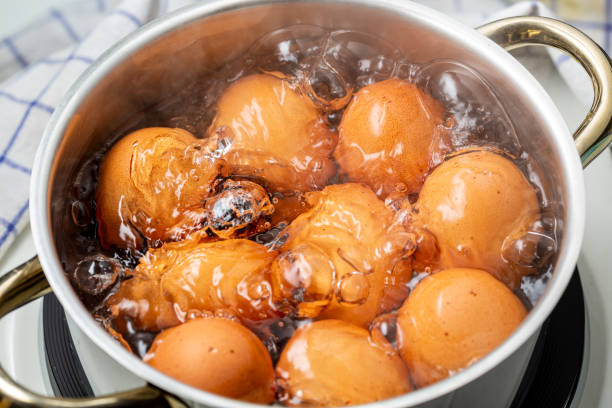
- Fresh eggs have the yolk in the middle of the albumen. The thick egg white forms a kind of ring around the bulging yolk. In old eggs, the albumen liquefies, and the yolk shifts to the edge or becomes flatter or wider.
- If the chicken feed contains a lot of corn, the egg loses its tension and becomes runny. On hot days, the animals drink a lot of water. As a result, the eggs lose their consistency and also become thinner.
Test fresh eggs with the egg closed
- The swim test involves placing the whole egg in cold water. If the egg is fresh, it stays on the ground.
- In the shake test, you hear a gurgling noise when you shake the egg. Then the egg is no longer fresh.

